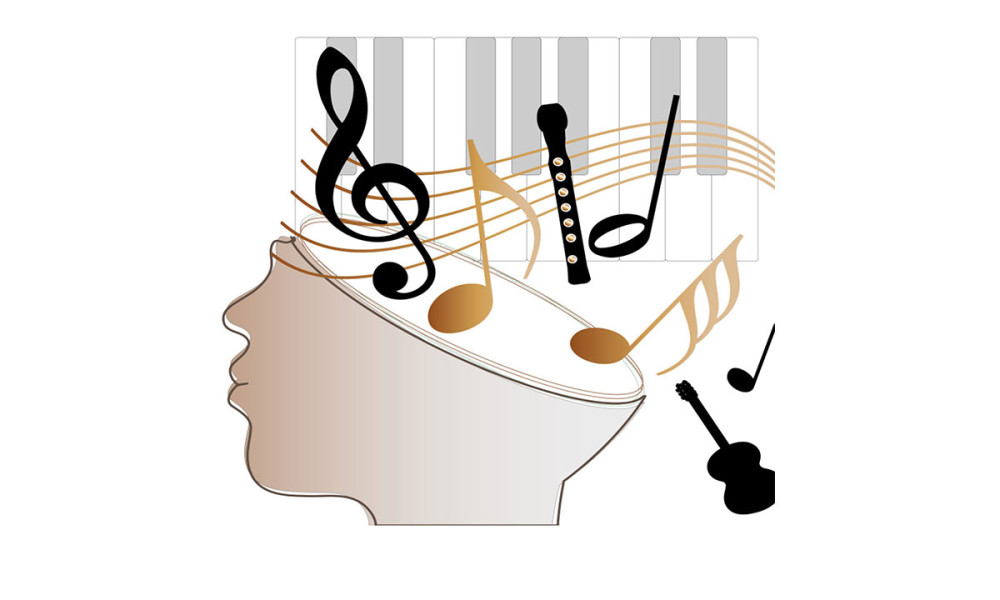Recently my 6-year-old daughter asked to take dance lessons. Since she already has swimming lessons, piano lessons, Girl Scouts, an afterschool animation class, yoga, religious school, and is a cast member in two community theater shows, I wasn’t sure how to fit in her request.
So I initially told her, “You can take dance if you drop something else.”
She thought about this choice for quite awhile and decided to drop piano. This was not the outcome I was expecting, especially since she really enjoys the instrument and has a strong aptitude for it.
With our family’s affinity toward music, I wasn’t about to let her quit piano. So I scrambled in my mind and realized that the animation class and yoga would naturally be ending and that one of the theater shows would soon be over as well. I told her that dance could start as soon as those three activities ended, and she was pleased.
This short sequence of events illustrates how easily someone could let go of instrumental music. Eventually our children will need to make choices about the activities that are most important to them. Perhaps that choice occurs in middle school when a student is forced to decide between art and music. Perhaps that choice occurs in high school when varsity sports and marching band often conflict. Perhaps that choice occurs in college when academics take precedence.
Whatever the situation, I hope that music is a lifelong pursuit for my children for many reasons. These are just a few.
Instrumental music is challenging. It takes practice and perseverance. You rarely play a song correctly the first time. And even when all the notes are accurate, style can always be improved. It’s taken almost five years, but I finally now see my 11-year-old son caring enough to strive for excellence in his piano playing. In the past, he would simply rush through his songs.
Music creates community, both within the ensemble and among the audience. The instructors and students have a sense of pride after performing a show while everyone applauds and cheers.
And music uses many parts of the brain at the same time. Performing music has been proven to involve the motor cortex, sensory cortex, auditory cortex, and visual cortex. It also involves the corpus callosum, which connects both hemispheres of the brain; the prefrontal cortex, which regulates behavior and decision-making; the cerebellum and amygdala, which involve emotional reactions; and the hippocampus, which controls memory.
With all of these benefits—and many more—choosing music is a no-brainer. Stick with it for as long as possible.
Keep on Marching,
Christine Ngeo Katzman
Publisher and Editor-in-Chief


